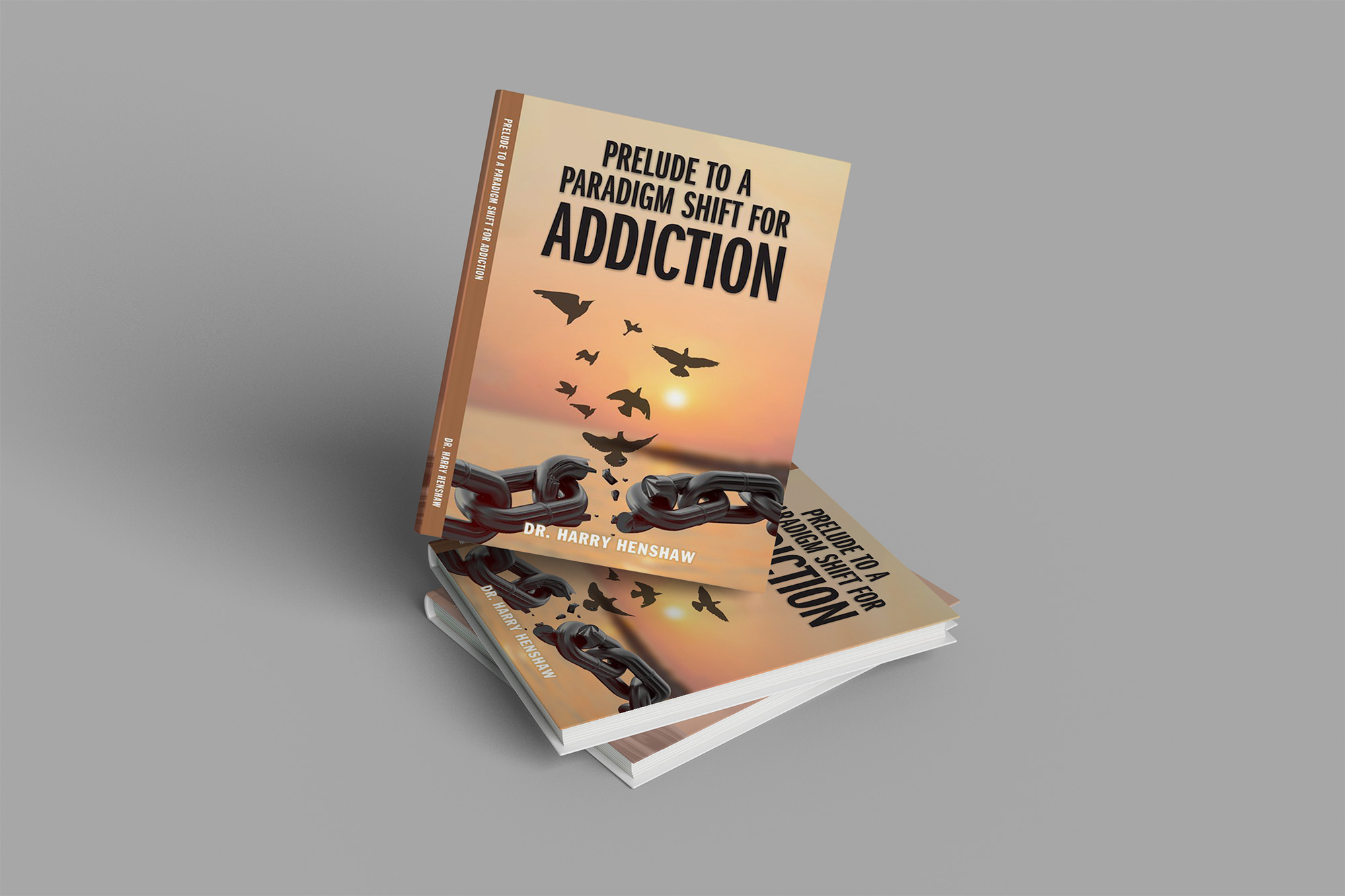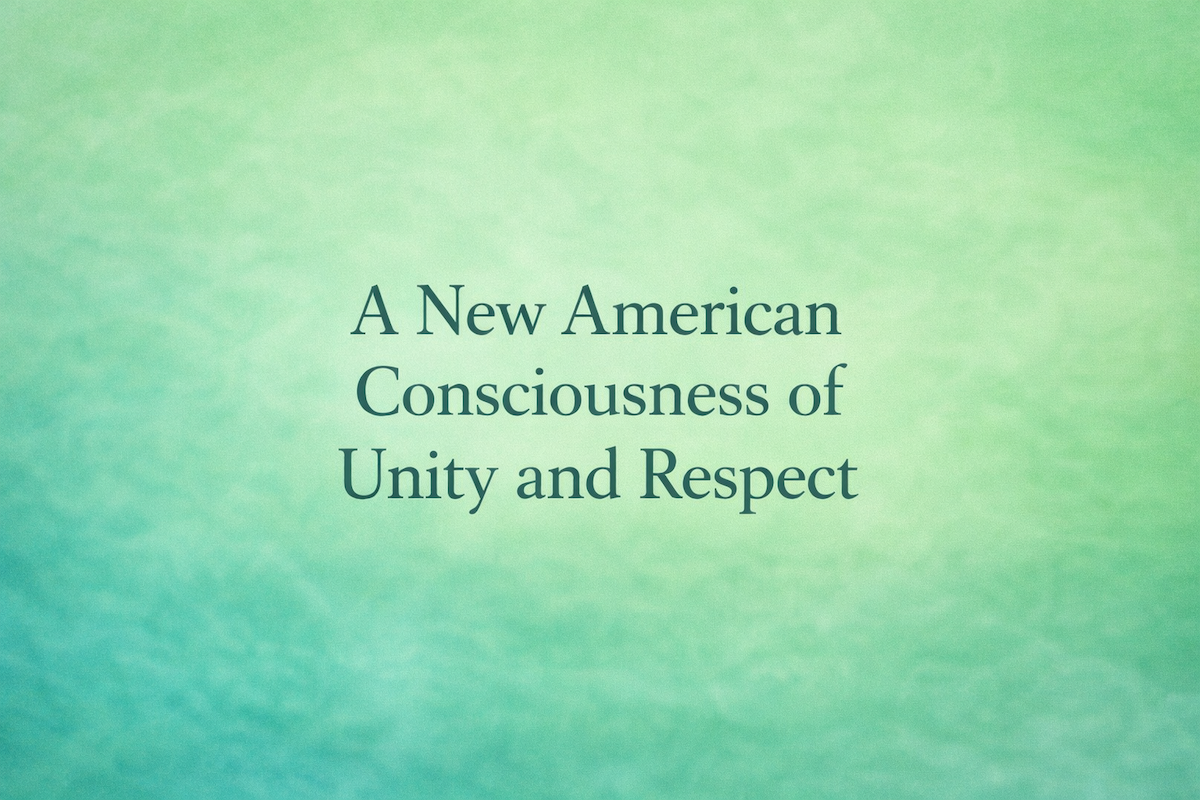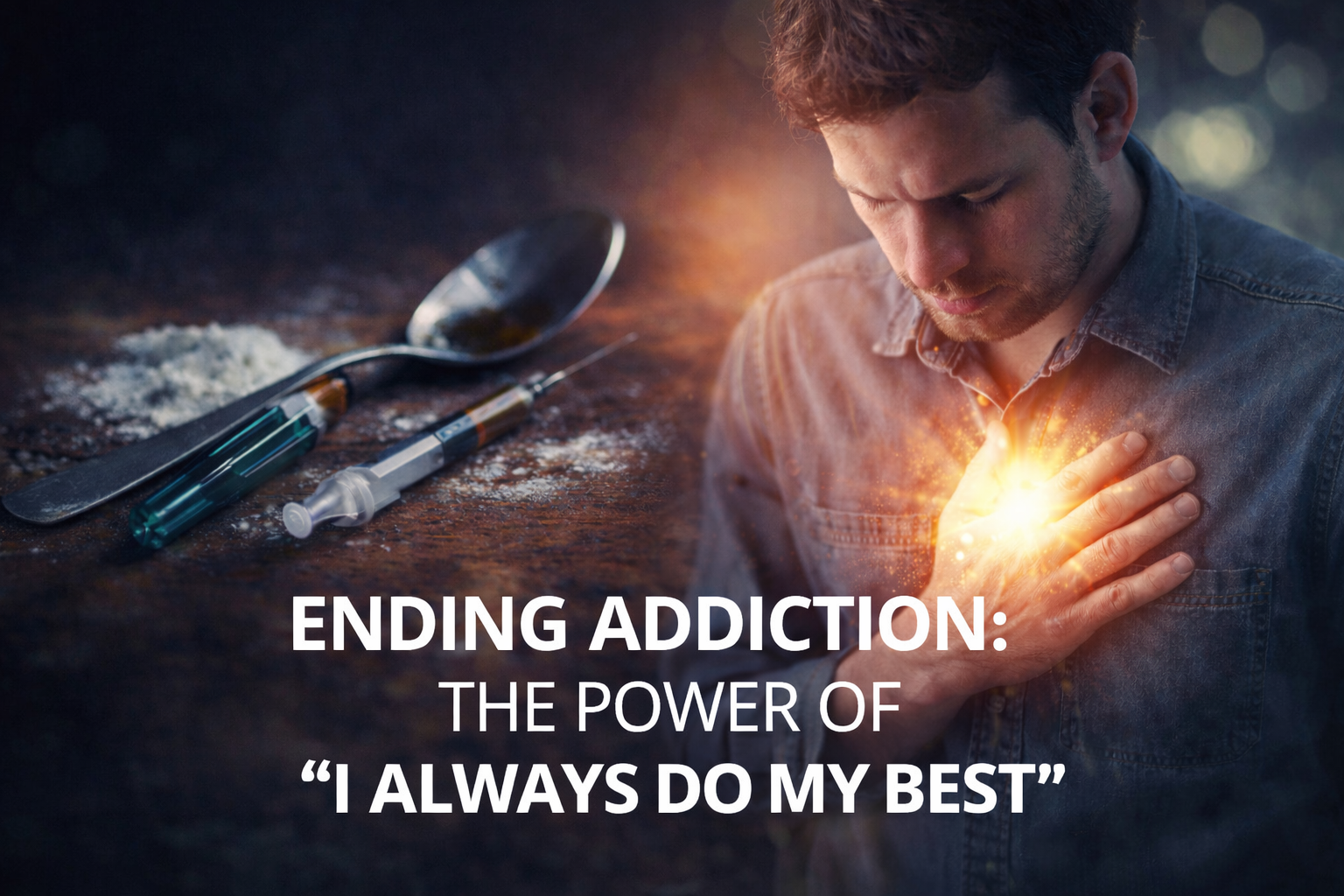Table of Contents
- Introduction
- Chapter One: Health
- Chapter Two: Forgiveness
- Chapter Three: Prosperity
- Chapter Four: Creativity
- Chapter Five: Relationships/Romance
- Chapter Six: Job Success
- Chapter Seven: Stress-Free Living
- Chapter Eight: Self-Esteem
- In Conclusion
- The Book’s Importance for Addiction and Mental Health Recovery
- Final Thoughts
Louise Hay’s I Can Do It is a concise yet profoundly impactful book that distills her core philosophy: our thoughts and affirmations shape our reality, and by changing these mental patterns, we can heal, grow, and thrive. This work stands out not just as a manual for personal development but as a beacon of hope for those facing drug and alcohol addiction and mental health struggles, offering tools for lasting recovery and inner peace. Below, we explore the book chapter by chapter, highlighting its unique relevance and benefits for individuals seeking freedom from addiction and mental health suffering.
Introduction
Hay opens with a potent message: every thought is an affirmation, and every word we speak is a tool that creates our future. The introduction sets the tone — by paying attention to our habitual thoughts, many of which stem from childhood or trauma, we begin the journey toward healing. Hay emphasizes that while some beliefs empower us, others deeply limit us. The invitation is to become aware, challenge, and replace limiting patterns with nurturing, self-affirming beliefs.
For those in addiction recovery or who struggle with mental health challenges, this message is powerful. Negative self-talk and entrenched self-blame are common. Hay’s introduction insists that these patterns are changeable; the first step is awareness, then conscious redirection. Affirmations are not just “positive thinking”—they are daily tools for neuropsychological reprogramming, helping rewire the very pathways that govern emotional and behavioral responses.
Louise Hay’s definition of an Affirmation: “Affirmation statements are going beyond the reality of the present into the creation of the future through the words you use in the now.”
Chapter One: Health
Louise Hay’s philosophy starts with the mind-body connection. The chapter on Health asserts that negative thoughts and emotions can manifest as physical ailments; conversely, positive thoughts help foster healing and vitality. Hay shares that our consistent mental patterns shape our physical reality — even illness can be seen as a reflection of internalized emotional pain.
For those with addiction and mental health struggles, this teaching is liberating. Instead of viewing disease or dependency as a permanent flaw, Hay encourages seeing it as a result of learned thought patterns. By consciously choosing affirmations like “I am whole, strong, and healthy,” readers begin to dismantle the shame often associated with illness and addiction. It reframes recovery from punitive to hopeful, as individuals realize they have agency in their healing journey.
Hay also addresses practical steps: identify negative beliefs, cultivate willingness to change, and repeat tailored affirmations regularly. Her personal story of overcoming cancer through self-healing demonstrates that change, even from “incurable” illnesses, is possible.
Chapter Two: Forgiveness
Forgiveness, according to Hay, is not condoning harm but liberating oneself from the past. She writes, “Forgiveness is letting go of the past, guilt, resentment, fear, anger—anything that is not love.” This chapter guides readers through recognizing that our experiences, even painful ones, do not define our identity. Instead, by forgiving oneself and others, emotional and energetic blocks are released.
For addiction and mental health recovery, forgiveness work is essential. Shame, guilt, and unresolved anger are common relapse triggers and sources of self-hatred. Hay’s exercises—affirming “I forgive myself for not being perfect. I am living the best way I know how”—help dissolve those triggers, leaving room for healing and transformation. Understanding the roots of past trauma and holding compassion for oneself, rather than perpetual blame, is a foundation for lasting change.
Forgiveness enables individuals to reclaim power. The message is clear: you are not condemned by your history, and you can create a new future by letting go.
Chapter Three: Prosperity
Hay’s prosperity teaching is rooted in the belief that abundance is not about striving but allowing oneself to receive. She refutes the myth that external circumstances—poverty, family beliefs about money—are insurmountable barriers. Instead, Hay encourages awareness of negative thoughts around money (guilt, shame, resentment), then guides the reader to affirm worthiness and gratitude.
For those in recovery, the prosperity chapter helps address common self-limiting beliefs (“I don’t deserve good things,” “success always escapes me”). Hay teaches that prosperity is not just about money, but about accepting all forms of abundance: love, support, opportunity. Learning to see oneself as deserving is a powerful antidote to the scarcity thinking that often accompanies addiction.
Practical tips include noticing mental patterns, releasing guilt or anger about money, and substituting phrases like “I could manage my money better” instead of “I should.” Gratitude for what you have, even if modest, sets the stage for greater abundance.
Chapter Four: Creativity
Creativity is presented as innate. Hay asserts, “There is an innate creativity flowing through you… if you let it out, it will surprise and delight you”. Creativity isn’t just artistic—it’s present in every aspect of life, from emotional responses to relationships or career achievements.
For those in addiction recovery, creativity can be a vital pathway to rediscover purpose beyond substances. Hay’s affirmation, “I create my life each day,” helps individuals shift from seeing life as happening to them, to knowing they have agency to shape experiences. Engaging in creative acts—journaling, art, even making small changes—can reignite hope and open new avenues for self-expression and joy.
Chapter Five: Relationships/Romance
Hay teaches that we attract relationships that mirror our beliefs about ourselves. If you don’t love yourself, you’ll struggle to accept love from others and may attract partners who reinforce negative self-perceptions. The chapter encourages readers to “begin by loving and appreciating yourself.” Affirmations such as “I now discover how wonderful I am; I choose to love and enjoy myself” foster self-love, which becomes the foundation for healthier, more fulfilling relationships.
For those with addiction or mental health issues, relationships often carry old wounds, mistrust, or codependency. Hay’s approach is healing: by clearing old baggage and practicing self-love, one’s ability to build meaningful, supportive relationships increases. The emphasis is always on self-acceptance as the starting point for relational success.
Chapter Six: Job Success
Finding satisfaction and success at work, Hay teaches, is deeply connected to attitude. “You’ll never find work a pleasure if you hate your job or you can’t stand your boss.” Affirmations that bless every part of the workplace—a boss, co-workers, even the building—help cultivate loving energy that, in turn, attracts positive experiences.
For people in recovery, job success can be a daunting goal—past failures or low self-esteem may interfere. Hay encourages seeing every job as a stepping stone, affirming, “The joy I find in my career is reflected in my overall happiness.” The focus is on gratitude, fostering an internal atmosphere that makes success more attainable. By shifting beliefs about work, individuals can draw opportunities for growth even if starting from a disadvantaged position.
Chapter Seven: Stress-Free Living
Hay’s teachings on stress emphasize the importance of mental serenity. Stress is not simply an external circumstance but a response shaped by beliefs. Through affirmations and conscious self-talk, readers can choose peace within, regardless of external pressures. Repeating affirmations such as “I am calm, peaceful, and balanced” helps to reduce chronic anxiety—often a trigger for relapse in addiction recovery.
For those with mental health challenges, this chapter is especially powerful. Hay demonstrates that by learning to quiet the mind and replace worry with self-compassion, stress becomes manageable. This skill set is crucial in relapse prevention and overall wellbeing.
Chapter Eight: Self-Esteem
At the heart of recovery and wellbeing is self-esteem. Hay’s work teaches that self-worth is not determined by performance, past mistakes, or others’ judgments but by inner dialogue and beliefs. Affirmations dissolve subconscious barriers to self-love: “I deeply and completely love and accept myself.”
For individuals in addiction treatment or working through mental health issues, strengthening self-esteem is transformative. Hay encourages recognizing and replacing toxic narratives (“I’m a failure,” “I don’t measure up”) with empowering, loving self-talk. This builds resilience and the ability to face life’s challenges without falling back into destructive habits.
In Conclusion
Hay ends by empowering the reader: change is possible, and anyone can start the process simply by choosing new thoughts. The journey—whether for recovery, mental health, or personal growth—is not instant, but each affirmation repeated is a step toward freedom, peace, and fulfillment. Hay’s optimism is infectious, as she insists, “You can do it,” because you are worthy of the life you desire.
The Book’s Importance for Addiction and Mental Health Recovery
Louise Hay’s I Can Do It offers a radical yet compassionate alternative to the traditional “disease model” of addiction and mental health, which often leaves individuals feeling powerless or hopeless. Instead, Hay’s approach:
- Restores Agency: Readers learn that their past does not determine their future. Change is always possible.
- Relieves Shame: Forgiveness work and self-love exercises dissolve the heavy shame and guilt that can perpetuate relapse and depression.
- Provides Practical Tools: Daily affirmations, creative exercises, and gratitude practices are actionable. Recovery becomes not just an abstract hope but a step-by-step ritual.
- Addresses Root Causes: Hay goes beyond symptom management, inviting individuals to release trauma, unhealthy beliefs, and emotional blocks.
- Encourages Resilience: Cultivating self-esteem and embracing creativity build the inner strength essential for staying sober and mentally well.
Mental health and addiction struggles often stem from a profound lack of self-worth, unresolved trauma, and entrenched negative thought patterns. Hay’s book is not a magic cure, but it is a comprehensive toolkit for transformation. It bridges the gap between self-help and holistic healing, providing both philosophy and real-world techniques.
Final Thoughts
Louise Hay’s I Can Do It is much more than a book of affirmations—it’s a holistic manual for recovery, healing, and personal empowerment. Each chapter addresses a key area of life with specific, practical tools for shifting mindset and changing behavior. Most importantly, the book speaks directly to those who feel trapped by addiction or mental illness, reminding them that hope, healing, and change are available — starting with a single new thought.
If you or a loved one is struggling, I Can Do It is a vital companion on the road to recovery, supporting each small, daily victory with unconditional self-love and optimism. Affirm your worth, release the past, embrace new beliefs, and step confidently into your future. You can do it.
By Dr. Harry Henshaw
Enhanced Healing Counseling
Enhanced Healing Counseling Music

Get Free from Addiction!
Discover a groundbreaking perspective on addiction recovery. Click below to buy Prelude to a Paradigm Shift for Addiction and explore innovative solutions to transform the way we understand and treat substance use disorders.
About Enhanced Healing
Enhanced Healing Counseling specializes in addiction recovery, mental health, and self-esteem support. Offering online and in-person services, we empower individuals to transform their lives with personalized care and proven therapeutic methods.




